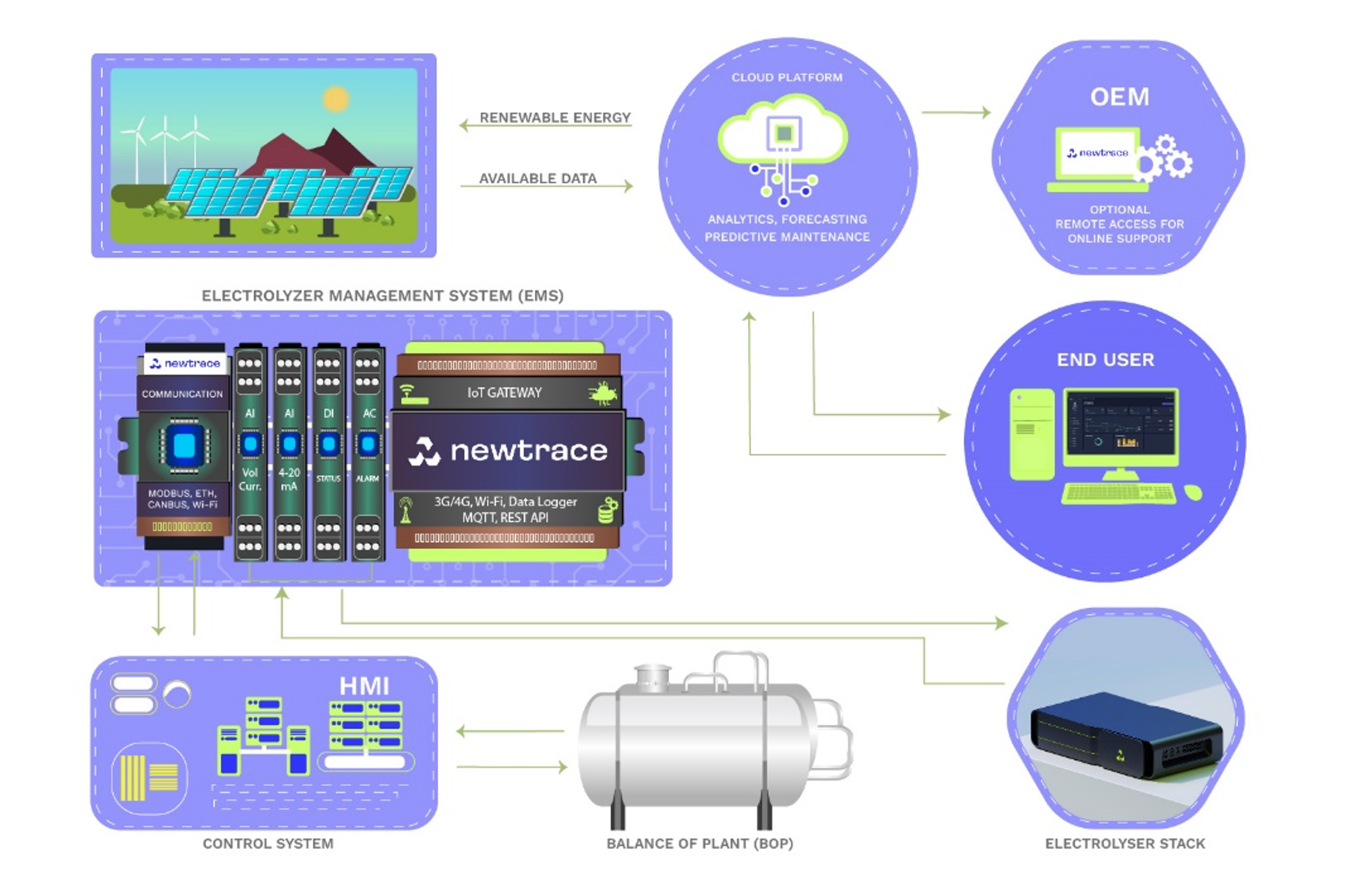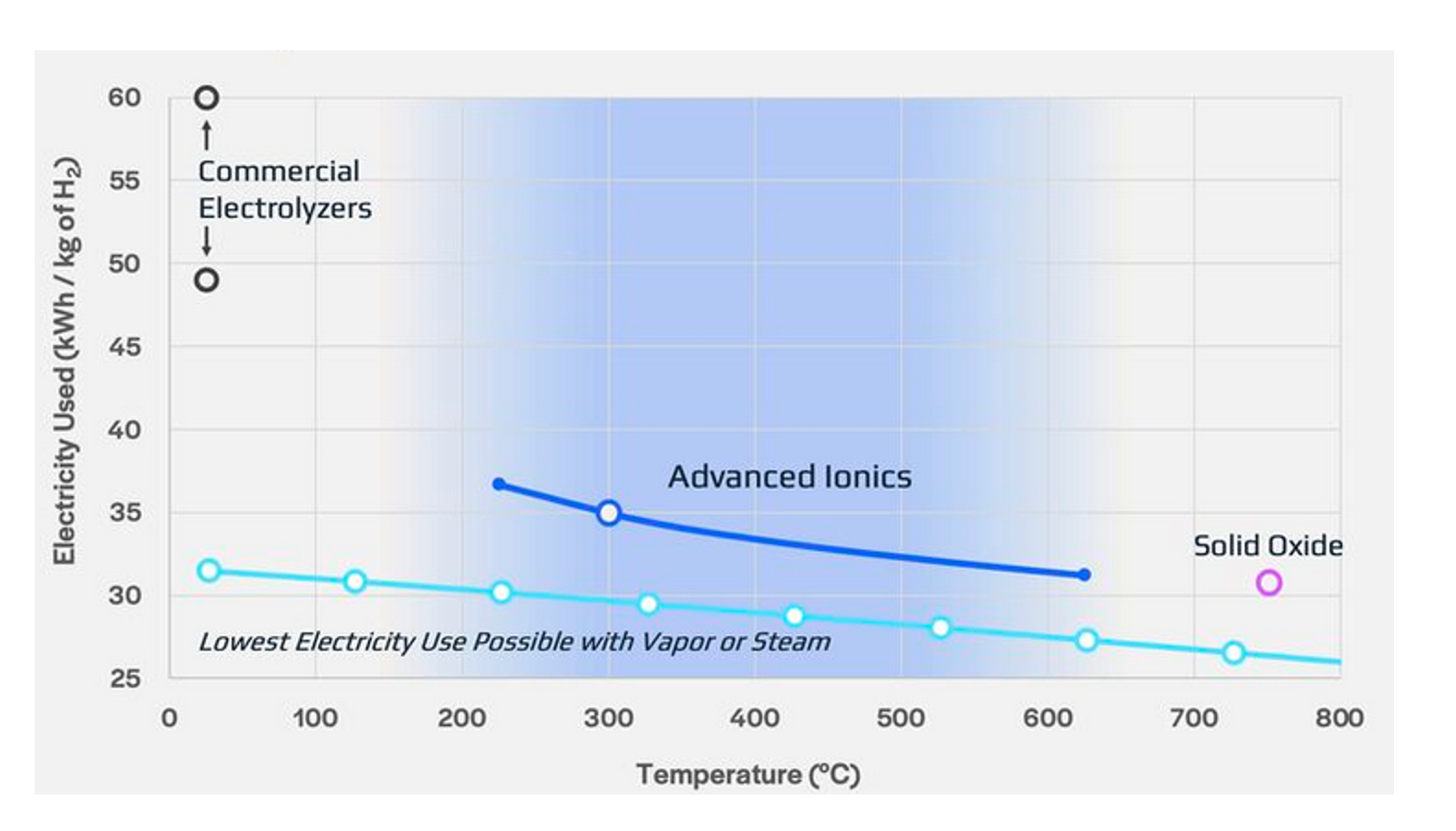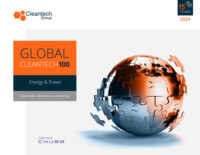The Electrolyzer Ecosystem: Disruptive Innovations from Advanced Ionics and Newtrace
The electrolyzer market, crucial for the production of green hydrogen, has traditionally been dominated by four main types:
- Alkaline (AEL)
- Proton Exchange Membrane (PEM)
- Anion Exchange Membrane (AEM), and to some extent,
- Solid Oxide Electrolyzer Cells (SOEC)
While these technologies have been pivotal in the growth of hydrogen production, there has been an emergence of start-ups pioneering innovative approaches that address the inherent limitations of these traditional systems.
Among these are Newtrace and Advanced Ionics, offering novel electrolyzer technology solutions in hopes of revolutionizing the hydrogen production landscape.
Breaking Down Barriers: Fragile Membranes and Costly Metals
Traditional electrolyzers rely on membranes to separate hydrogen and oxygen, but these membranes are fragile and expensive. PEM and AEM electrolyzers, in particular, need rare metals like platinum and iridium, which are costly and hard to source.
Newtrace, one of Cleantech Group’s APAC 25 companies, is tackling these issues with their membrane-less electrolyzer. By utilizing advanced fluid engineering techniques, Newtrace directs the flow of water in such a way that prevents gases from intermixing, thereby eliminating the need for a membrane. This simplifies the system, enhances its durability and reduces maintenance costs. Newtrace also employs transition metal electrocatalysts instead of rare metals, significantly reducing costs and mitigating supply chain risks.
Their electrolyzer is coupled with a system management software to optimize performance with real-time monitoring. This helps to prevent downtime with predictive analytics and integrate the electrolyzer with energy sources to optimize hydrogen production.
Newtrace’s Schematic Representation of the Role Analytics Plays in Electrolyzer Systems

Boosting Efficiency and Cutting Costs
Efficiency and cost are perpetual hurdles in the electrolyzer market. SOECs, while offering high efficiency and low operational costs, suffer from high capital expenditure. Conversely, other systems like AEMs have lower CAPEX but are less efficient.
Advanced Ionics, backed by BP and ARPA-E, has come up with a middle ground: a medium-temperature vapor phase electrolyzer that operates at approximately 300° C. The aim is to combine the efficiency benefits of SOECs with the lower capital costs of AEM systems. Their Symbion cell technology merges aspects of solid oxide and alkaline electrolyzers, ditching the need for membranes. The design not only reduces complexity but also enhances the overall durability of the electrolyzer, making it a viable option for heavy industries like ammonia and methanol production, steel manufacturing, and Fischer-Tropsch synthesis.
Advanced Ionics’ Comparative Electricity Usage and Temperature

Scaling and Commercialization Efforts
Both start-ups are making significant strides toward scaling their technologies and moving towards commercialization.
Newtrace has deployed their first membrane-less electrolyzer with Bharat Petroleum Corporate (BPCL), with plans to build a 1 MW system in the near future. They’re eyeing the Middle East, focusing on industrial clients in the oil and gas, chemicals, and later, mobility sectors. Their in-house manufacturing means they can offer customized solutions and scale up quickly.
Advanced Ionics, on the other hand, is advancing through stages of development and validation. They have achieved improvements in efficiency and runtime, with plans for automated tape-casting of larger electrodes. They are gearing up for small- and medium-sized demos by next year and full commercialization by 2028, backed by industry giants like BP, Shell, and Repsol.
Collaborative Market Positioning and Challenges
Both companies recognize the importance of strategic partnerships and collaborations. Newtrace is leveraging its unique position as one of the few in-house manufacturers of electrolyzers in India, forming alliances to expand their market reach and enhance their technology. Advanced Ionics is similarly building a network of partners, including major investors and industrial stakeholders, to support their scaling efforts and commercial ambitions.
The primary challenges for these innovators include securing further funding, optimizing their technologies, and expanding their production capabilities. Newtrace is focusing on overcoming the hurdles related to scaling up their production and entering new markets, while Advanced Ionics is addressing technical challenges related to sealing technologies and ensuring consistent performance at larger scales.
A New Horizon for Electrolyzers
The innovations brought forth by Newtrace and Advanced Ionics represent an upcoming shift from traditional electrolyzer technologies. By eliminating the need for membranes and rare metals, and by optimizing operational temperatures, these companies are addressing key pain points that have hindered the scalability and adoption of electrolyzers.
Some other interesting innovators to keep on the radar:
- sHYp: Developer of membraneless electrolyzers that can produce hydrogen directly from sea water or brine. An unmet need for green bases for green building materials and CO2 capture is addressed by production of aqueous or solid hydroxides from saltwater sources. Green hydrogen with direct ocean capture of CO2 can be located in ports, on repurposed offshore platforms or coupled to offshore wind turbines.
- Hysata: Developer of a capillary-fed hydrogen electrolyzer, producing green hydrogen for steel, transport and chemical sectors. Hysata’s electrolysis design is underpinned by two key innovations: an ultra-low resistance separator, and bubble-free operation. Together, these factors collapse the resistance of the cell to make them more efficient.
- Peregrine Hydrogen: Developer of an electrolyzer that splits water into hydrogen and other oxygen-rich industrial chemicals, rather than just elemental oxygen. Peregrine Hydrogen’s method uses by-products like sulfuric acid and sulfur dioxide in fertilizer production, which could reduce waste and lower production costs
As these start-ups continue to refine their technologies and scale their operations, they are poised to play a pivotal role in the global transition to clean hydrogen. It is worth keeping such innovators on the radar as their success could herald a new era in hydrogen production.



